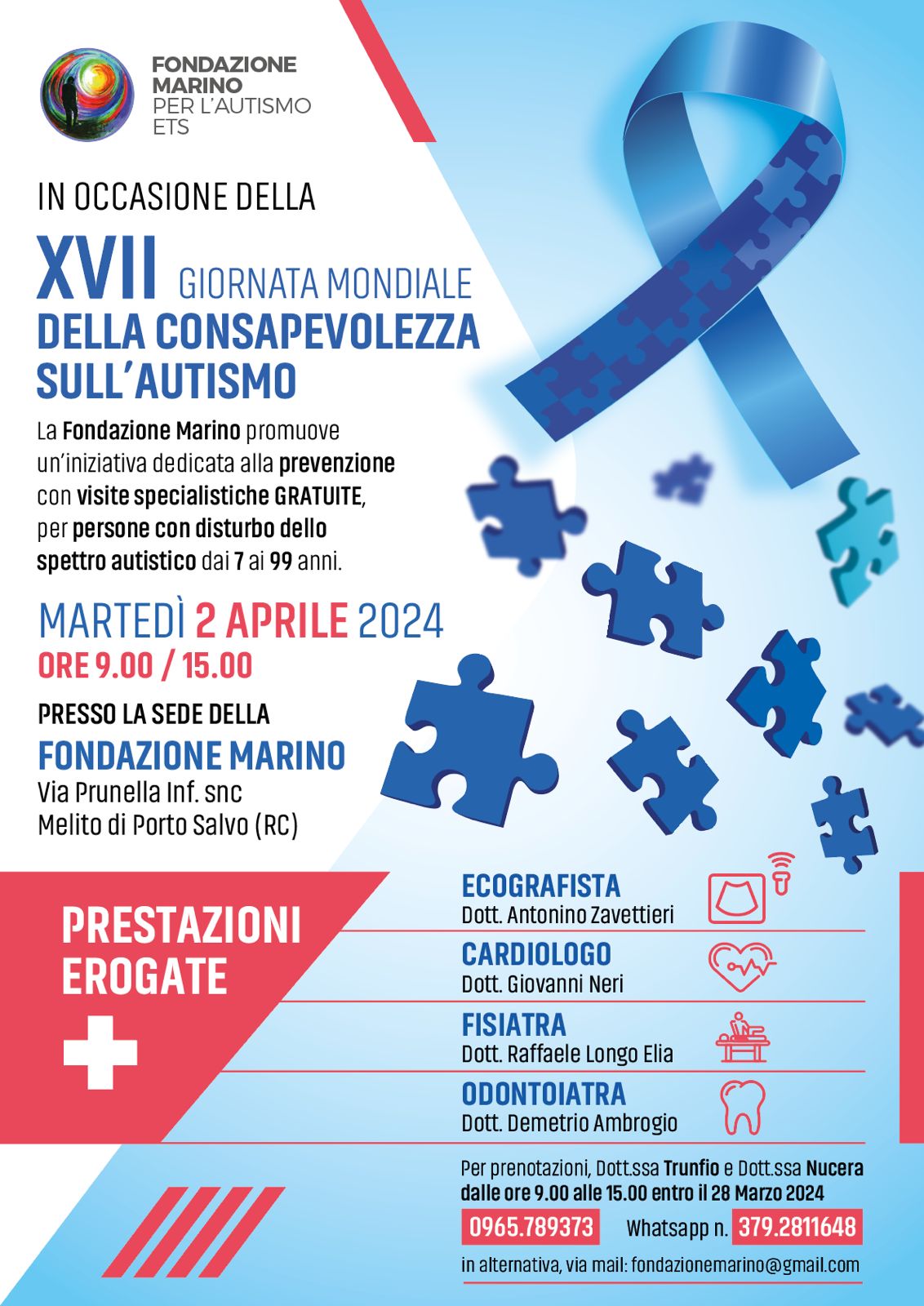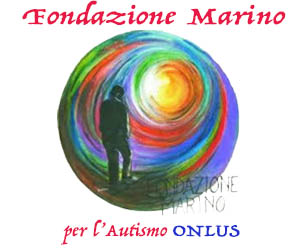Autism Speaks' multi-year Ad Council public service advertising campaign stresses the importance of recognizing the early signs of autism and seeking early intervention services. Recent research confirms that appropriate screening can determine whether a child is at risk for autism as young as one year. While every child develops differently, we also know that early treatment improves outcomes, often dramatically. Studies show, for example, that early intensive behavioral intervention improves learning, communication and social skills in young children with autism spectrum disorders (ASD).
One of the most important things you can do as a parent or caregiver is to learn the early signs of autism and become familiar with the typical developmental milestones that your child should be reaching.
The following "red flags" may indicate your child is at risk for an autism spectrum disorder. If your child exhibits any of the following, please don’t delay in asking your pediatrician or family doctor for an evaluation:
- No big smiles or other warm, joyful expressions by six months or thereafter
- No back-and-forth sharing of sounds, smiles or other facial expressions by nine months
- No babbling by 12 months
- No back-and-forth gestures such as pointing, showing, reaching or waving by 12 months
- No words by 16 months
- No meaningful, two-word phrases (not including imitating or repeating) by 24 month.
The M-CHAT (Modified Checklist for Autism in Toddlers) can help you determine if a professional should evaluate your child. This simple online autism screen, available on our website, takes only a few minutes. If the answers suggest your child is at risk for autism, please consult with your child’s doctor. Likewise, if you have any other concerns about your child's development, don't wait. Speak to your doctor now about screening your child for autism.
You can learn more about how to recognize the signs of an autism using our Video Glossary. It contains over a hundred video clips illustrating typical and delayed development. Whether you are a parent, caregiver, relative or friend, it can help you learn the subtle differences and spot the early red flags for ASD.
Clicca qui per visualizzare il video informativo
https://www.autismspeaks.org/what-autism/learn-signs













